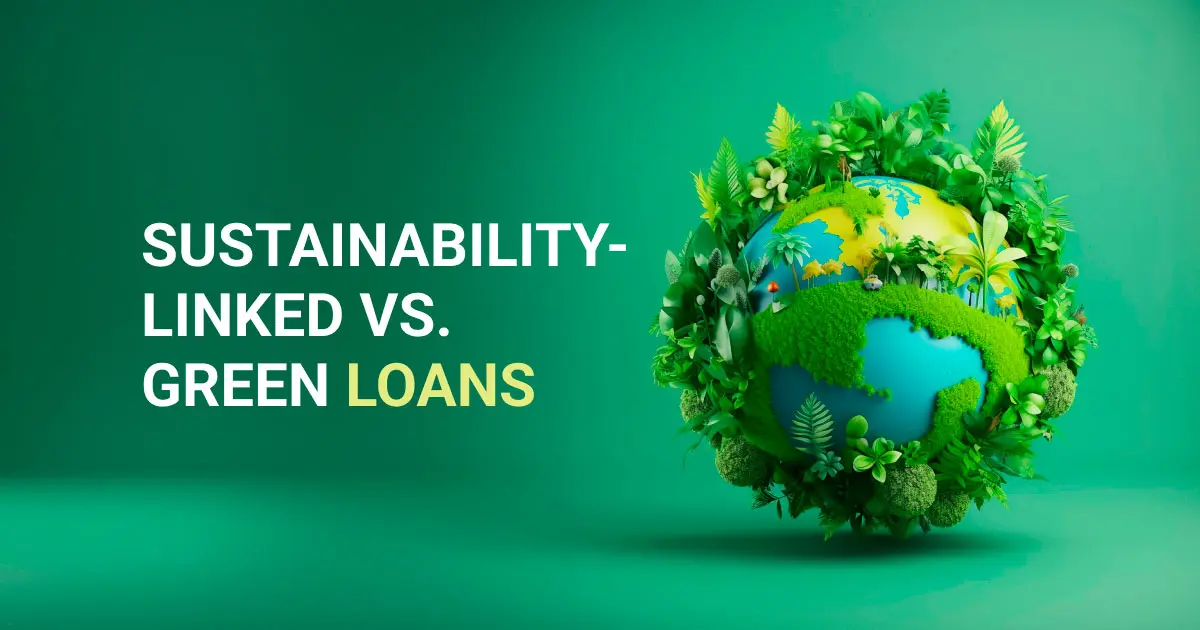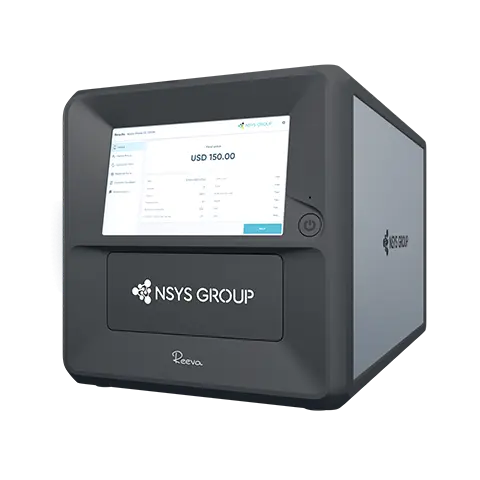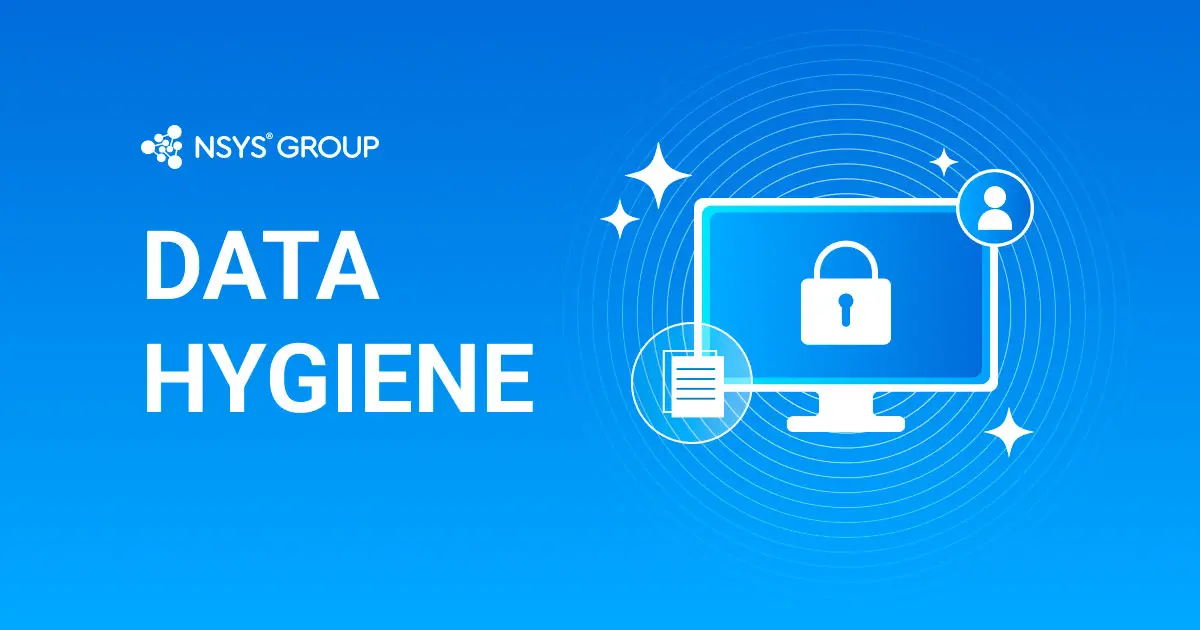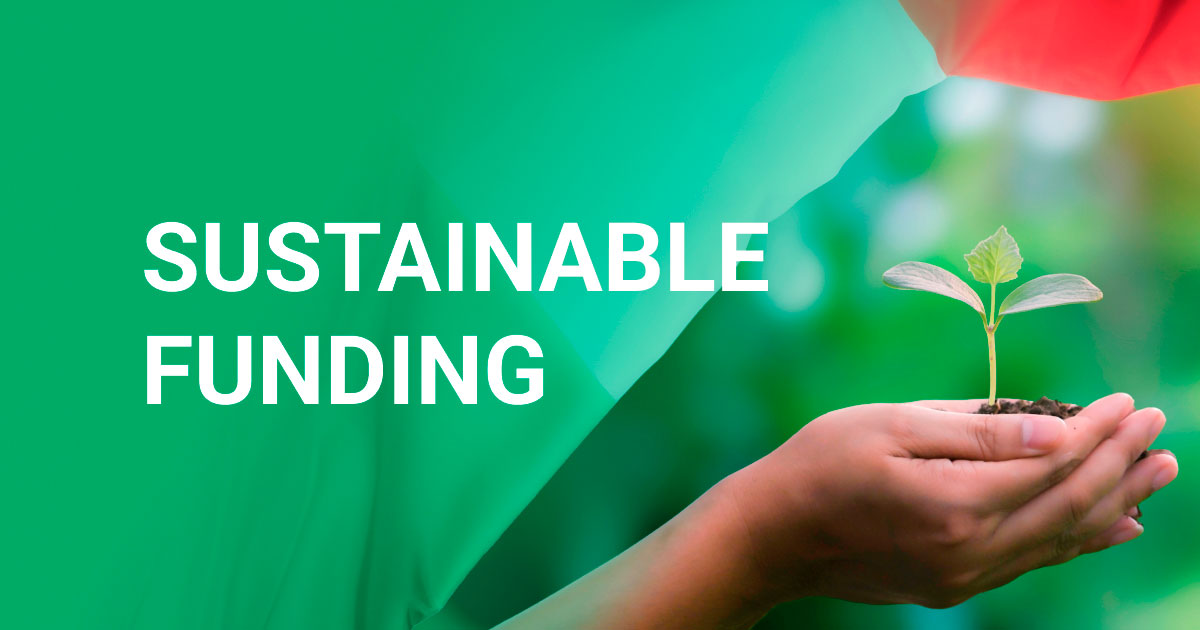Green funding can be a great option for your business, benefiting both your workflow and the planet. Today, we will explore business loans allocated to environmentally friendly initiatives. There are two main types: green loans and sustainability-linked loans. Let's compare them and help you choose the best one for your company!
If you are looking for specific programs to attract green funding, read our articles on sustainable finance in the UK, Ireland, Spain, and Italy.
What Are Green Loans?
These loans are globally recognized and popular due to their obvious environmental benefits. Banks, governmental, and non-governmental organizations provide green loans so businesses can implement eco-friendly practices into their workflows. As these loans are project-based, to apply for funding, the company needs to describe the idea in detail and confirm that it will positively influence the environment.
Green loans are usually allocated to companies that work in sustainable spheres such as renewable energy efficiency, carbon footprint reduction, pollution prevention, natural resource conservation, etc. Therefore, not every company can apply for this funding.
Green Loan Principles
To decide whether the business can apply for the green loan, several Loan Associations, including the Loan Market Association and the Loan Syndications and Trading Association, have developed Green Loan Principles (GLP).
The GLP is a detailed description of the issuance of loans aimed at making the process transparent and accountable. The characteristics of green loans include:
-
Use of Proceeds. Green loans should be provided to eligible borrowers and only on green projects. The definition of a green project or green company may vary across business sectors and countries.
-
Project Evaluation and Selection. Loan borrowers need to clearly state their projects' environmental objectives and plans for managing environmental and social risks.
-
Management of Proceeds. The accounting process must be formal and integrity-promoting.
-
Reporting. Borrowers must provide up-to-date information about the project's realization.

What Are Sustainability-Linked Loans?
Unlike green loans, sustainability-linked loans aren't based on specific projects. Eligibility is determined by the borrower's sustainability profile. The terms of the sustainability-linked loan depend on the company's score, which is calculated based on ESG criteria.
If a company improves its sustainable performance, the loan pricing will be reduced, and otherwise. This algorithm aims to stimulate companies to grow their ESG rating and upgrade their sustainability profile.
Sustainability-Linked Loan Principles
The improvement of the company's sustainable performance is based on five core components:
-
Selection of Key Performance Indicators (KPIs). To track how the company changes its performance over time, there should be a straightforward measuring approach. The KPIs must be relevant, quantifiable, and able to be benchmarked. All of the parameters should be clear to both sides.
-
Calibration of Sustainability Performance Targets (SPTs). This point is crucial: the company's goals should be calibrated to the KPIs to define the extent to which the borrower can implement green practices.
-
Loan Characteristics. As for any other funding, its terms must be strictly determined. In the case of sustainability-linked loans, conditions of raising or lowering loan pricing depending on the sustainability score must be documented.
-
Reporting. The borrower must regularly report on the sustainable performance in relation to their SPTs.
-
Verification. A third party must independently evaluate the borrower's performance to provide relevant expertise.
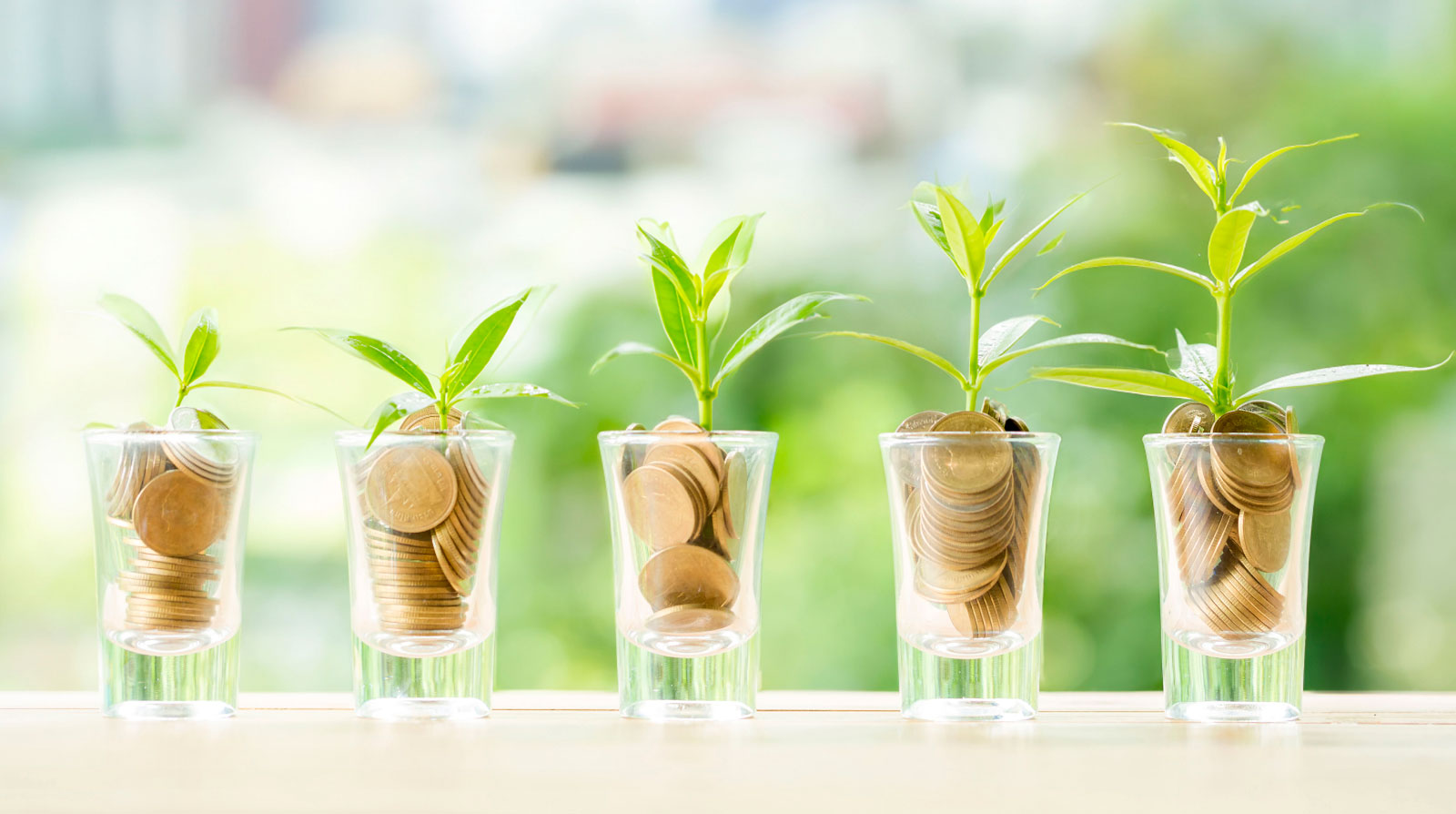
Green Loans vs Sustainability-Linked Loans: What to Choose
The decision between these two options is not easy and requires a thorough analysis of the company's activities and goals. Here are three questions that you need to take into consideration when choosing a sustainable finance program:
1. Do you have specific green projects you want to implement?
If you have a project in mind, the green loan is a go-to option. You will get the exact amount of money needed to implement the project into your workflow. However, if your company is not working in the sustainable sectors, it might be challenging to get this funding.
In case you don't have any specific project, you can apply for a sustainability-linked loan. This will help your company's overall environmental performance. As a step towards a green future, you can implement Reeva, the robotic solution by NSYS Group. The robot completely eliminates human errors while contributing to the circular economy!
2. Do you want to get a one-time funding or a revolving loan?
Green loans are mainly used when the company has a clear sustainability strategy and knows exactly how much money will be spent on which categories. In this case, the one-time funding under a green loan is the best option.
However, choose a sustainability-linked loan if you need flexibility in managing money and achieving sustainability targets.
3. Are you planning to improve the company's sustainability profile?
As we have already explained, sustainability-linked loans aim to grow your sustainability score. A company's main reasons for focusing on these characteristics are to increase its chances of receiving an ESG investment and reduce the negative impact of its activities on the environment.
Green loans don't take into account the company's sustainability score growth. Therefore, it might benefit businesses that don't have long-term strategies and want to obtain additional funding for a one-time project.

The Issues of Green and Sustainable Loan Market
The benefits of green and sustainable initiatives are apparent. Funding and supporting businesses on their eco-friendly journey contributes to humanity's sustainability. Despite the positive impacts, this approach has a disadvantage.
According to Centre for Economic Policy Research (CEPR) statistics, companies that receive green loans tend to grow their environmental score but lower their social score in the long term. This results in a reduced commitment to the company's clients and society. To prevent this, the loans should be provided only with the condition of reporting on all aspects of ESG parameters.
Compared to green loans, sustainability-linked ones provide better results in improving the overall ESG score.
Conclusion
For used device businesses, a sustainable-linked loan might be a great option for getting additional funding while raising sustainable performance. To apply for a loan, you need a road map that explains how you plan to improve your score.
We offer Reeva by NSYS Group, a sustainable robotic solution to boost your used phone business. Reeva is a unique device testing robot that automates testing, grading, pricing, and wiping. Due to automation, human errors and fraud opportunities are eliminated.
Try Reeva to scale up your business while contributing to the circular economy!


